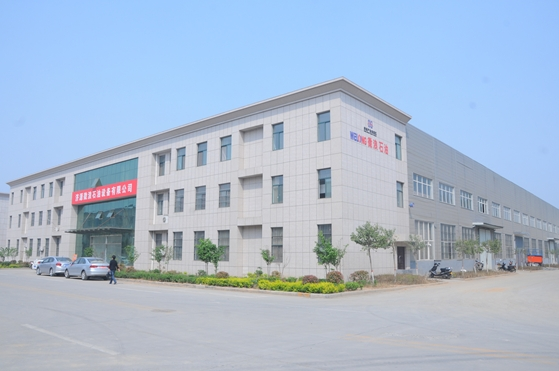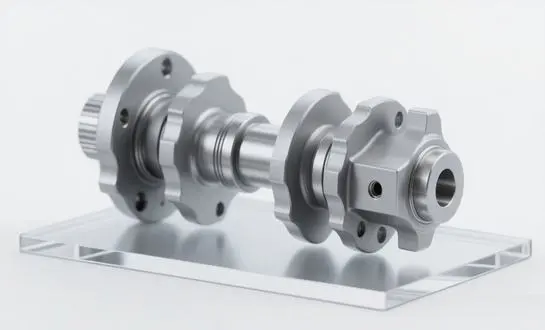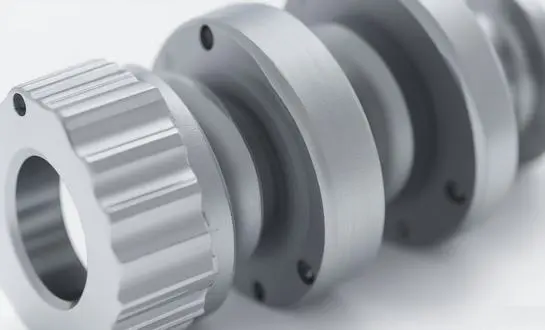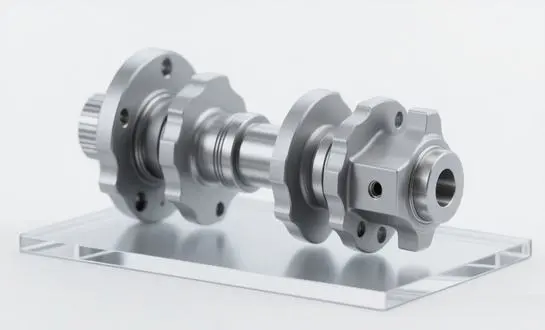Industrial roll lifetime may be successfully overseen with the utilisation of advanced checking advances. Advanced checking for industrial rolls is more than a passing prevailing fashion; it speaks to a sea change in considering approximate mechanical effectiveness and support, as we learn more about their employments and how to put them into use.
Real-time Data: The Key to Predictive Maintenance
The cornerstone of effective industrial roll management lies in the ability to gather and interpret real-time data. Digital monitoring systems equipped with advanced sensors and analytics capabilities provide a continuous stream of information about the performance and condition of industrial rolls. This real-time data is crucial for implementing predictive maintenance strategies, which can significantly extend the lifespan of these critical components.
Sensor Technologies and Data Collection
Modern industrial rolls are equipped with a variety of sensors that measure key parameters:
- Temperature sensors monitor heat distribution across the roll surface
- Vibration sensors detect abnormal movements that could indicate wear or misalignment
- Pressure sensors measure the force applied during the rolling process
- Surface quality sensors assess the condition of the roll's working surface
These sensors continuously collect data, which is then transmitted to central monitoring systems for analysis. The integration of Internet of Things (IoT) technologies allows for seamless data transfer and storage, creating a comprehensive picture of roll performance over time.
Predictive Analytics and Machine Learning
The true power of digital monitoring lies in its ability to predict future maintenance needs based on historical and current data. Advanced analytics algorithms and machine learning models process the collected information to identify patterns and trends that may indicate potential issues or approaching end-of-life conditions for industrial rolls.
By analyzing factors such as:
- Wear rates under different operational conditions
- Correlation between process parameters and roll degradation
- Historical maintenance records and failure modes
These systems can forecast when a roll is likely to require maintenance or replacement, allowing operators to schedule interventions proactively rather than reactively. This predictive approach not only extends the lifespan of industrial rolls but also minimizes unexpected downtime and optimizes maintenance schedules.
Cost-Saving Benefits of Roll Lifespan Optimization
Implementing digital monitoring solutions for industrial roll management offers substantial cost-saving benefits across various aspects of manufacturing operations. By optimizing the lifespan of rolls, companies can achieve significant reductions in maintenance costs, minimize production downtime, and improve overall operational efficiency.
Reduced Maintenance and Replacement Costs
Digital monitoring enables a shift from time-based or reactive maintenance to condition-based maintenance. This approach ensures that rolls are serviced or replaced only when necessary, rather than on a fixed schedule or after failure. The benefits include:
- Extended roll lifespan through timely interventions
- Reduced frequency of replacements
- Lower inventory costs for spare rolls
- Optimized use of maintenance resources
By accurately predicting when maintenance is required, companies can avoid premature replacements and extend the useful life of their industrial rolls, resulting in substantial cost savings over time.
Minimized Production Downtime
Unplanned downtime due to roll failures can be extremely costly in terms of lost production and potential damage to other equipment. Digital monitoring helps minimize these risks by:
- Providing early warning of potential issues
- Allowing for scheduled maintenance during planned downtime
- Reducing the likelihood of catastrophic failures
- Enabling faster troubleshooting and resolution of problems
The ability to plan maintenance activities in advance and avoid unexpected stoppages translates directly into increased production time and improved overall equipment effectiveness (OEE).
Enhanced Product Quality and Consistency
Optimizing industrial roll lifespan through digital monitoring also contributes to improved product quality and consistency. By maintaining rolls in optimal condition, manufacturers can:
- Ensure consistent surface finish and dimensional accuracy
- Reduce scrap and rework rates
- Meet stringent quality standards more reliably
- Improve customer satisfaction and retention
These quality improvements not only reduce costs associated with defects and returns but also enhance the company's reputation and competitiveness in the market.
Implementing Digital Monitoring: A Step-by-Step Guide
Adopting digital monitoring for industrial roll management requires a systematic approach to ensure successful implementation and maximize the benefits. Here's a step-by-step guide to help manufacturers navigate the process:
Assessment and Planning
1. Evaluate current roll management practices and identify areas for improvement
2. Define specific goals and key performance indicators (KPIs) for the digital monitoring system
3. Conduct a thorough analysis of existing equipment and infrastructure
4. Develop a comprehensive implementation plan, including timeline and resource allocation
Technology Selection and Integration
1. Research and select appropriate sensor technologies based on specific roll types and operating conditions
2. Choose a robust data management and analytics platform capable of handling large volumes of real-time data
3. Ensure compatibility with existing systems and plan for seamless integration
4. Consider scalability and future expansion capabilities when selecting technologies
Installation and Configuration
1. Install sensors and data collection equipment on industrial rolls and associated machinery
2. Set up data transmission networks and ensure secure connectivity
3. Configure the analytics platform and customize dashboards for different user roles
4. Establish data storage and backup protocols to ensure data integrity and accessibility
Training and Adoption
1. Provide comprehensive training for operators, maintenance staff, and management on the new system
2. Develop standard operating procedures (SOPs) for using the digital monitoring tools
3. Implement a change management strategy to ensure smooth adoption across the organization
4. Establish a feedback loop for continuous improvement of the system
Monitoring and Optimization
1. Continuously monitor system performance and data quality
2. Regularly review and analyze collected data to identify trends and opportunities for optimization
3. Refine predictive models and algorithms based on actual outcomes
4. Conduct periodic assessments to ensure alignment with organizational goals and industry best practices
By following these steps, manufacturers can successfully implement digital monitoring systems that significantly enhance the management of industrial roll lifespan, leading to improved operational efficiency and cost savings.
Conclusion
Advanced checking has developed as a game-changing innovation in the administration of mechanical roll life expectancy. By saddling the control of real-time information, prescient analytics, and machine learning, producers can drastically progress the productivity, unwavering quality, and cost-effectiveness of their rolling operations. The benefits amplify past simple support optimisation, including improved item quality, diminished downtime, and critical investment funds taken a toll over the whole generation process.
As we proceed to development in the advanced age, the integration of these observing frameworks will end up progressively pivotal for keeping up competitiveness in the metal preparing and fabricating businesses, particularly in applications involving industrial rolls. Companies that grasp this innovation will discover themselves superiorly prepared to meet the challenges of present-day mechanical generation, guaranteeing their position at the cutting edge of development and efficiency.
Call to Action
Are you prepared to revolutionise your mechanical roll administration and open the full potential of your fabricating forms? See no advance from Welong, your trusted accomplice in cutting-edge mechanical arrangements. With our skill in oilfield items and customised administrations, we are extraordinarily situated to offer assistance as you actualise state-of-the-art computerised observing frameworks custom-made to your particular needs.
Our commitment to quality, supported by ISO 9001:2015 and API 7-1 certifications, guarantees that you get top-tier items and administrations that meet the most elevated industry guidelines. By choosing Welong, you're not just contributing to innovation – you're contributing to a comprehensive arrangement that incorporates master backup, solid after-sales benefits, and a devotion to your victory.
Don't let outdated roll management practices hold your business back. Take the first step towards optimizing your industrial roll lifespan and boosting your operational efficiency. Contact Welong today at oiltools15@welongpost.com to learn how our digital monitoring solutions can transform your manufacturing operations and give you a competitive edge in the market.





